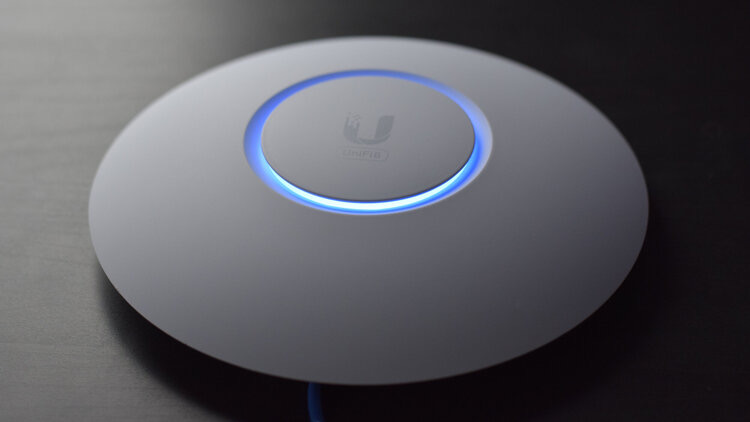
Vertex-PS LLC (DBA WiFi Speed) specializes in designing and implementing commercial WiFi networks for businesses and organizations. Our wireless networks are used in commercial or business settings such as offices, hospitals, schools, hotels, and big residential houses. We use access points for our projects that are designed to support multiple users and devices, and provide reliable and secure wireless connectivity.
MIMO technology, also known as multiple-input and multiple-output technology, is a technique used to increase the performance of wireless networks by using multiple antennas to transmit and receive data simultaneously. In the context of WiFi, MIMO technology can be used to optimize the performance of the access points we use for our projects by improving signal strength and reducing interference.
Mesh technology is a networking technology that allows multiple wireless access points to work together to provide seamless coverage across a large area. Mesh networks are often used in outdoor and industrial settings where wired connections are impractical or impossible.
Full duplex and half duplex refer to communication modes in which data can be transmitted in both directions (full duplex) or in only one direction at a time (half duplex). In the context of WiFi, full duplex communication allows for faster and more efficient data transfer, but requires more advanced hardware and software.
There are several different security protocols used in commercial WiFi, including WEP, WPA, WPA2, and WPA3. These protocols use different methods to encrypt and authenticate data, and provide varying levels of security against unauthorized access.
Radius authentication is a security protocol used in commercial WiFi networks to authenticate users and devices. It works by sending authentication requests to a centralized server, which verifies the user’s credentials and grants access to the network.
The access points we use for our projects can be wired or wireless. Wired access points are connected to the network via a wired Ethernet connection. These access points are typically faster and more reliable than wireless access points, but require the installation of Ethernet cables.
Indoor and outdoor access points are designed for use in different environments. Indoor access points are typically smaller and designed to blend in with the decor of an office or other indoor setting, while outdoor access points are larger and designed to withstand the elements.
Long-range access points are designed to provide wireless coverage over a larger area than traditional access points. The access points we use for our projects typically have higher power output and larger antennas to provide better coverage.
Point-to-point connection refers to a wireless connection between two devices, such as two access points or a wireless bridge. This type of connection can be used to extend the range of a wireless network or connect two separate networks together.
The “WiFi jungle” refers to the complex and often confusing landscape of WiFi technology and standards. With so many different protocols, frequencies, and devices to choose from, it can be difficult for businesses to navigate and choose the right equipment for their needs.
WiFi channels refer to the frequencies used by wireless devices to communicate with each other. The 2.4GHz and 5GHz bands are the most common WiFi channels, with newer devices supporting the 6GHz band as well. Different channels have different characteristics and performance characteristics, and choosing the right channel can be important for optimizing network performance.
If you still have any questions about Business-Grade Wi-Fi, feel free to contact us.